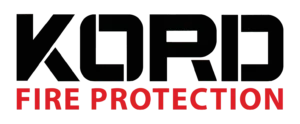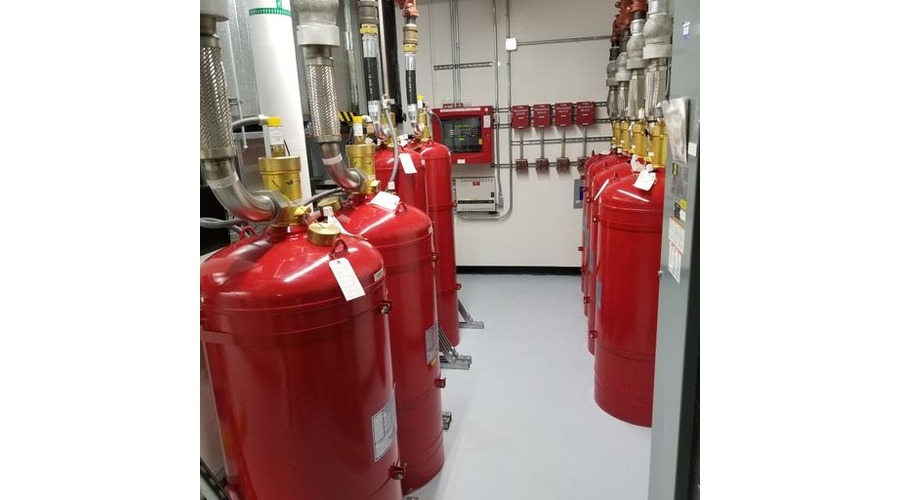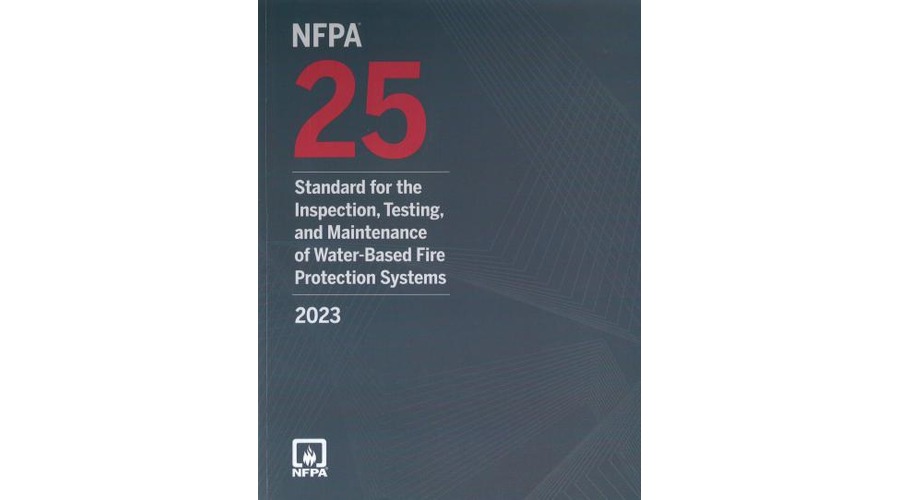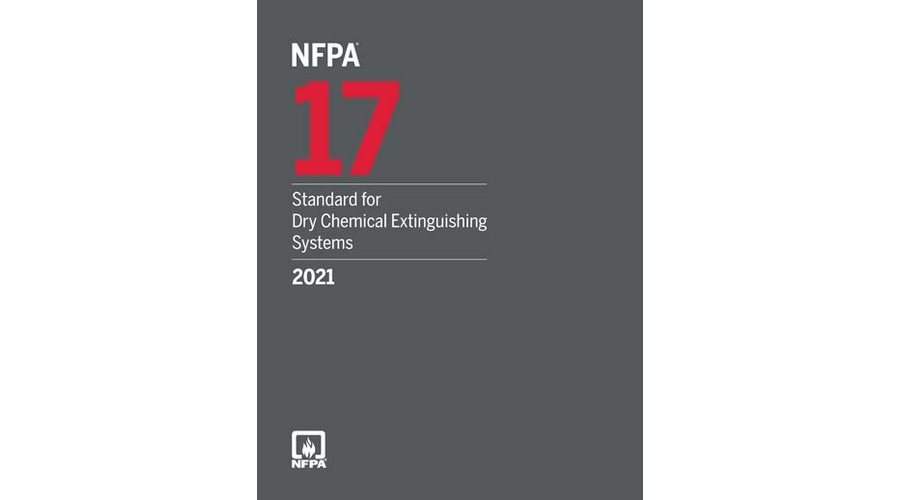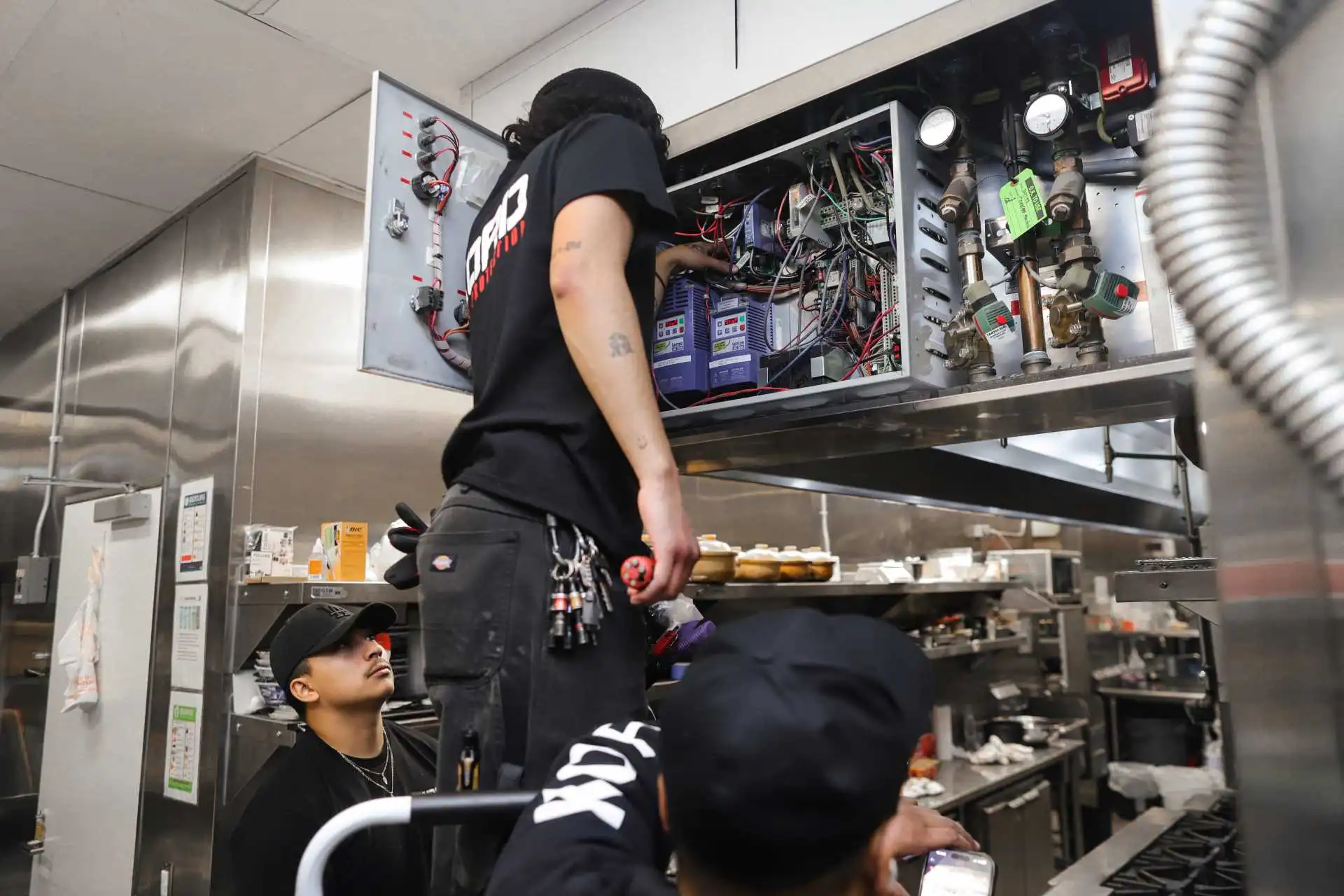
What is a fire suppression
system?
So what is a fire suppression system and why are they important?
To be brief, a fire suppression system is pretty vital when it comes to protecting residential and commercial properties. It plays as a vital component in the world of fire safety. As it is responsible for detecting and extinguishing fires automatically, which in turn, helps minimize damage and protect lives. Fire suppression systems can consist of systems likes smoke detectors, heat sensors, alarms, and suppression agents that range from water, foam, gas, to chemicals.
It is important to note, that a fire suppression system is different than your fire sprinkler systems. Where as water sprinkler systems will always use water to stop a fire. It can lead to water damage to the contents inside where it activates.
Now with inferno suppression systems, they have the ability to use other forms of suppressing agents besides just water. The type of suppressing agents it had access to include CO2, chemical, and even inert gases. Depending on what is inside the room or building, the variety this system provides makes it ideal for protecting sensitive equipment while still suppressing fire.
So with the above in mind, we’ll jump right in so by the time you’re finish reading, you’ll be an expert on this topic as well.
Purpose for a suppression system:
The primary purpose of a fire suppression system is to mitigate the impact of fires by:
- Detecting Fire: Employing advanced sensors and detectors to identify smoke, heat, or flames indicative of a fire outbreak.
- Alerting Occupants: Activating alarms to promptly notify occupants of the building, enabling safe evacuation procedures.
- Suppressing Fire: Deploying suppression agents, such as water, foam, gas, or chemicals, to extinguish the fire or contain its spread until professional firefighters arrive.
- Protecting Property: Minimizing property damage and financial loss by swiftly controlling and extinguishing fires.
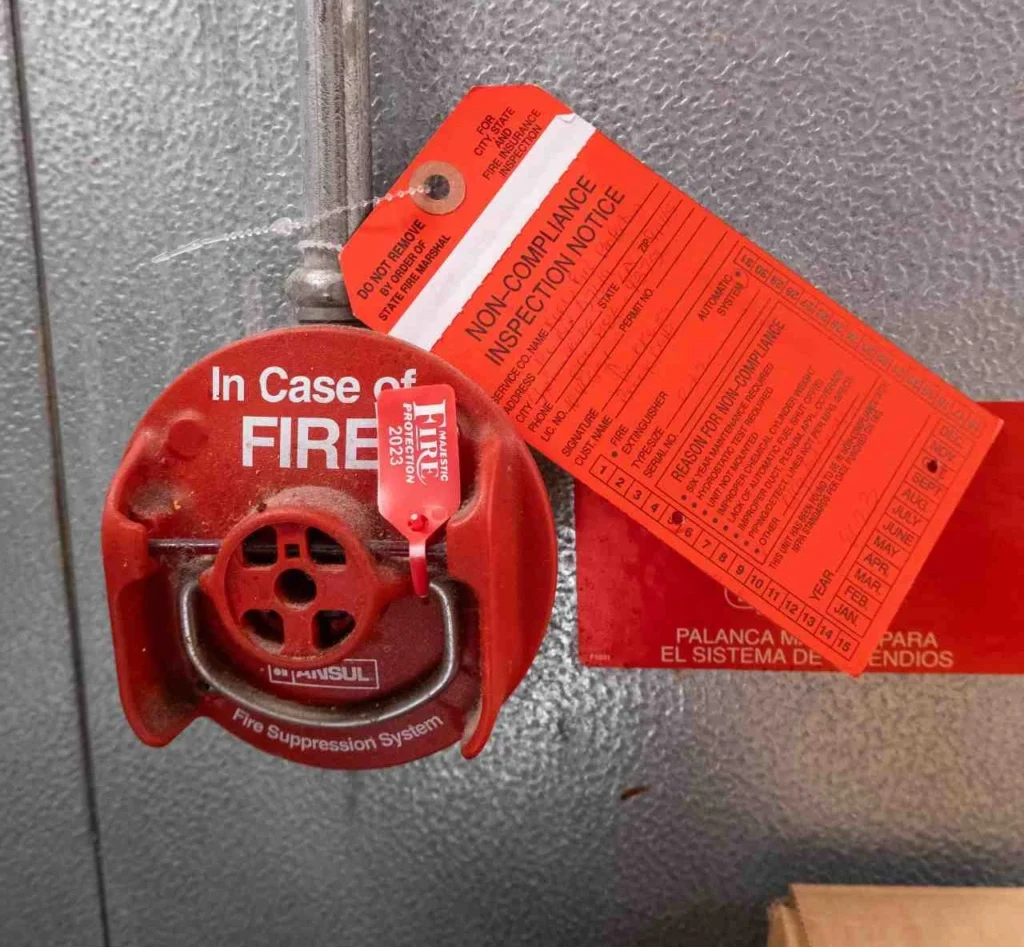
How do these fire safety systems work?
So the way how these fire suppression systems work is due to various components working together. These include the previously mentioned devices like smoke detectors and heat sensors that can be found strategically placed throughout a building. The next component that all these sorts of systems hook up too, is the control panel that oversees the system as a whole. That includes all the visual and audible elements of a suppression system ranging from the above to water sprinklers, foam generators and so on.
What types of agents are used for fire suppression?
In modern flame suppression systems, engineers deploy a variety of agents to actively extinguish and suppress fires. Among these, clean agent systems emerge as standout solutions, renowned for their versatility and effectiveness across diverse environments. Clean agents, like those employed in FM200 clean agent systems, act decisively in gas form, leaving behind no residue. Clean agent systems are in high demand for safeguarding critical spaces like server rooms, telecommunications hubs, marine vessels, and military operations. On the other hand, CO2 systems use significant amounts of carbon dioxide gas to forcefully smother fires, but they usually confine their use to specific areas due to safety concerns for human occupants. Given the widespread demand and critical roles these systems play, let’s explore the diverse array of agents utilized for fire suppression.
What functionality to fire suppression systems have?
When a fire is detected, the fire suppression system springs into action. First, detection devices identify signs of fire, prompting the activation of the fire alarm systems. Alarms then alert occupants, signaling the need for evacuation. meanwhile, the fire control panel initiates the release of the appropriate suppression agent, which is distributed through the piping network to the affected area.
As to detail further, the image next to this text, showcases one of these systems in action. In particular, the gas suppression test, which utilizes balloons to help simulate proper functionality in a real-world scenario. The way this is done is by using a harmless gas to mimic the behavior of a suppression gas without introducing any hazardous materials into the testing environment.
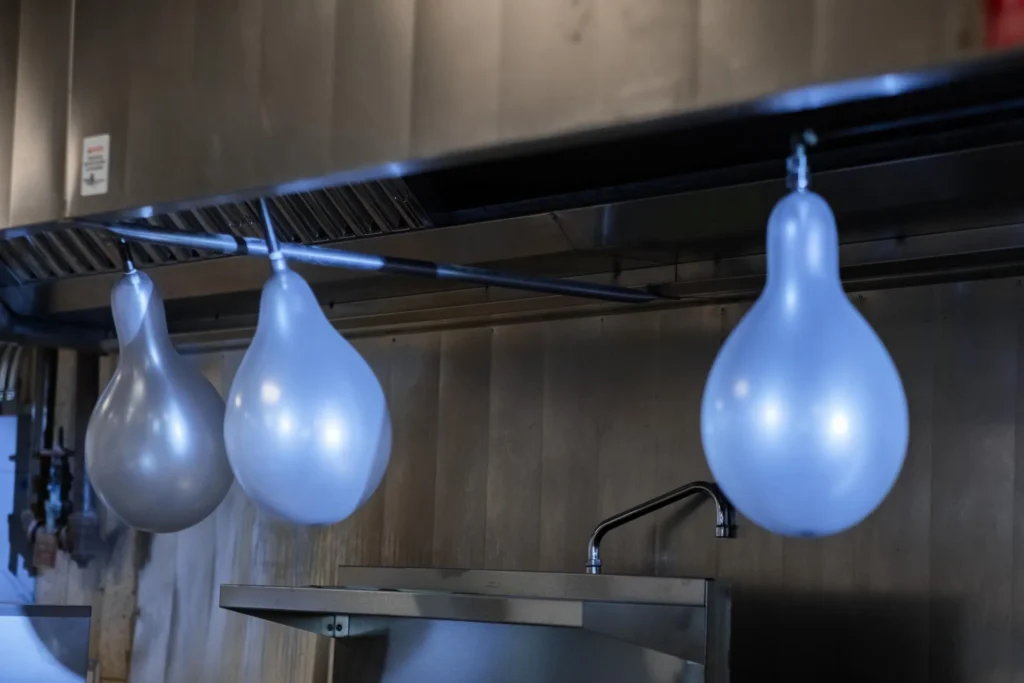
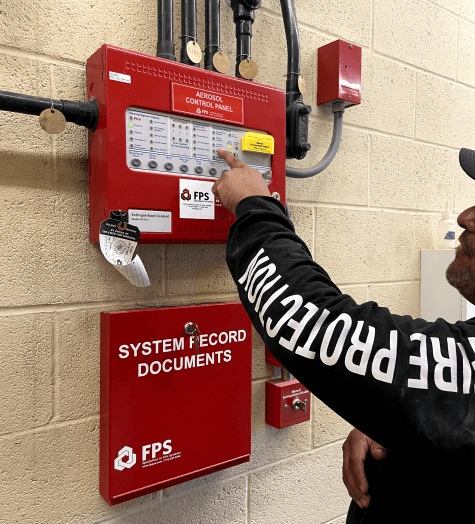
When it comes to the control panel, we can dig more about its job. This is the control hub of a building’s fire protection system. It’s job is to monitor sensors for fire detection, activate alarms for evacuation, and coordinates suppression actions with various suppressant agents like water or foam. Another aspect of its function involves providing status indication, integrating with other systems like HVAC, and some may even offer the added benefit of remote monitoring.
All this allows the the control panel to help provide a very crucial job well done. That is providing a swift response and coordination during fire emergencies. This helps ensure the safety of occupants and help lower the damage to a property during a fire.
What is a fm200 system?
An FM200 system, also called an FM200 clean agent system, is a type of fire suppression system that actively safeguards enclosed spaces from fire damage. FM200 refers to a colorless, odorless, and electrically non-conductive fire suppression agent known chemically as heptafluoropropane or HFC-227ea for short.
The FM200 system functions by rapidly discharging the FM200 agent into the protected space upon detecting a fire. Pressurized containers store this agent as a liquid, which transforms into a gas upon discharge. Upon discharge, FM200 floods the protected area, extinguishing the fire by removing heat and inhibiting the chemical reactions necessary for combustion.
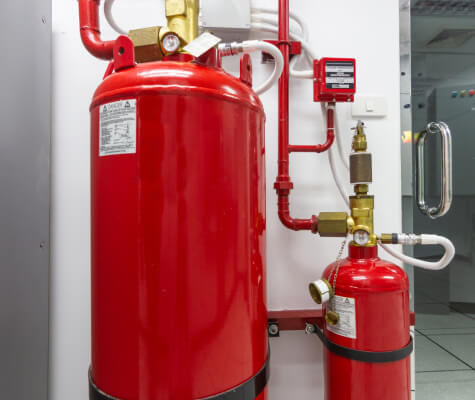
Does fire suppression follow any NFPA codes?
Yes, fire suppression systems are required to follow NFPA codes and standards. Specifically, they are to follow these specific codes. NFPA 12 for CO2 suppression systems, NFPA 2001 guidelines for clean agent systems (ex. FM200), NFPA 13 for sprinkler systems, and NFPA 72 for fire alarm and detection systems. But why must these systems have to comply with NFPA? The reason for compliance is to to boost the effectiveness and reliability of fire suppression systems. Following these codes ensures that inferno suppression systems are properly installed, designed, and maintained to protect life and property in fire emergencies.
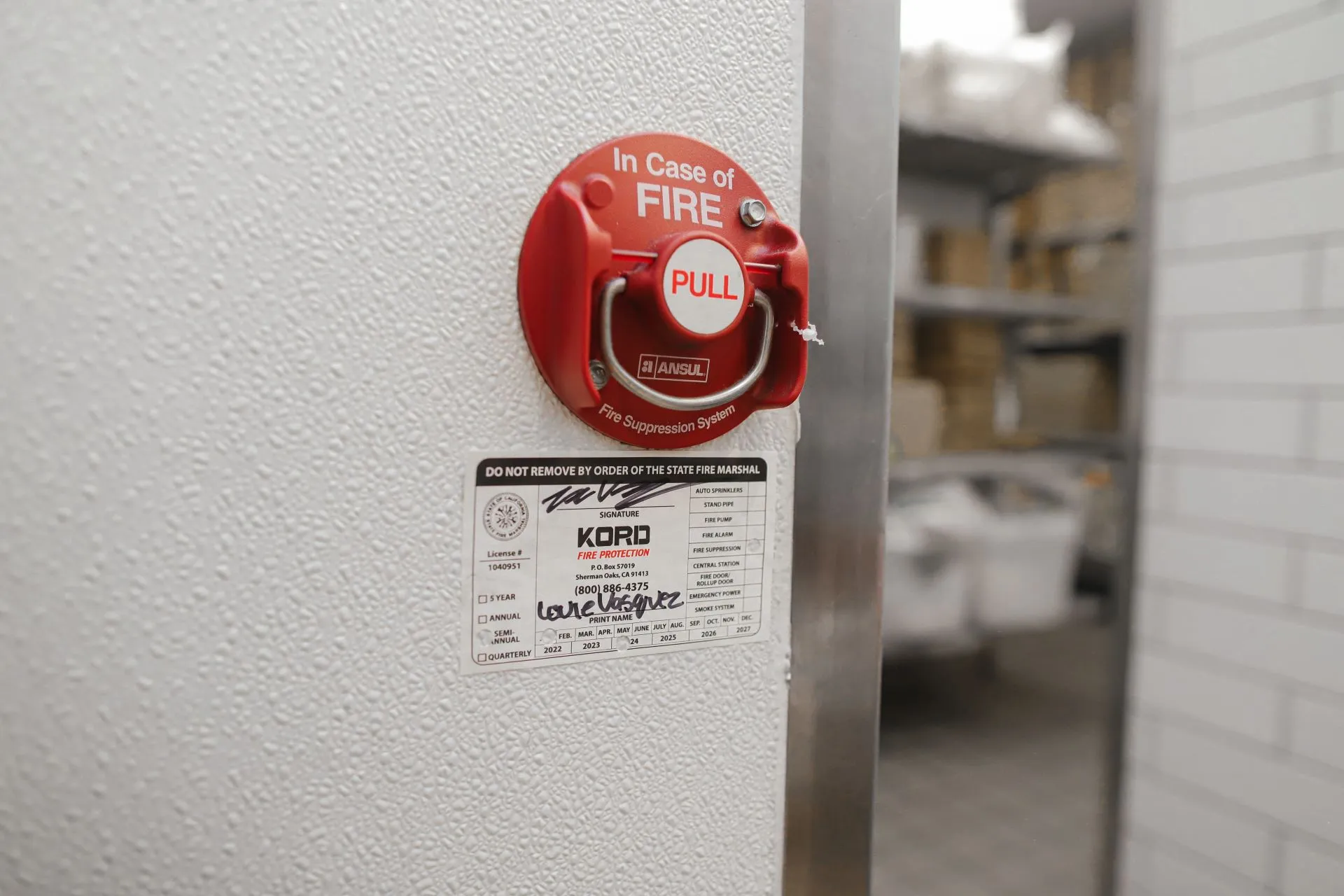
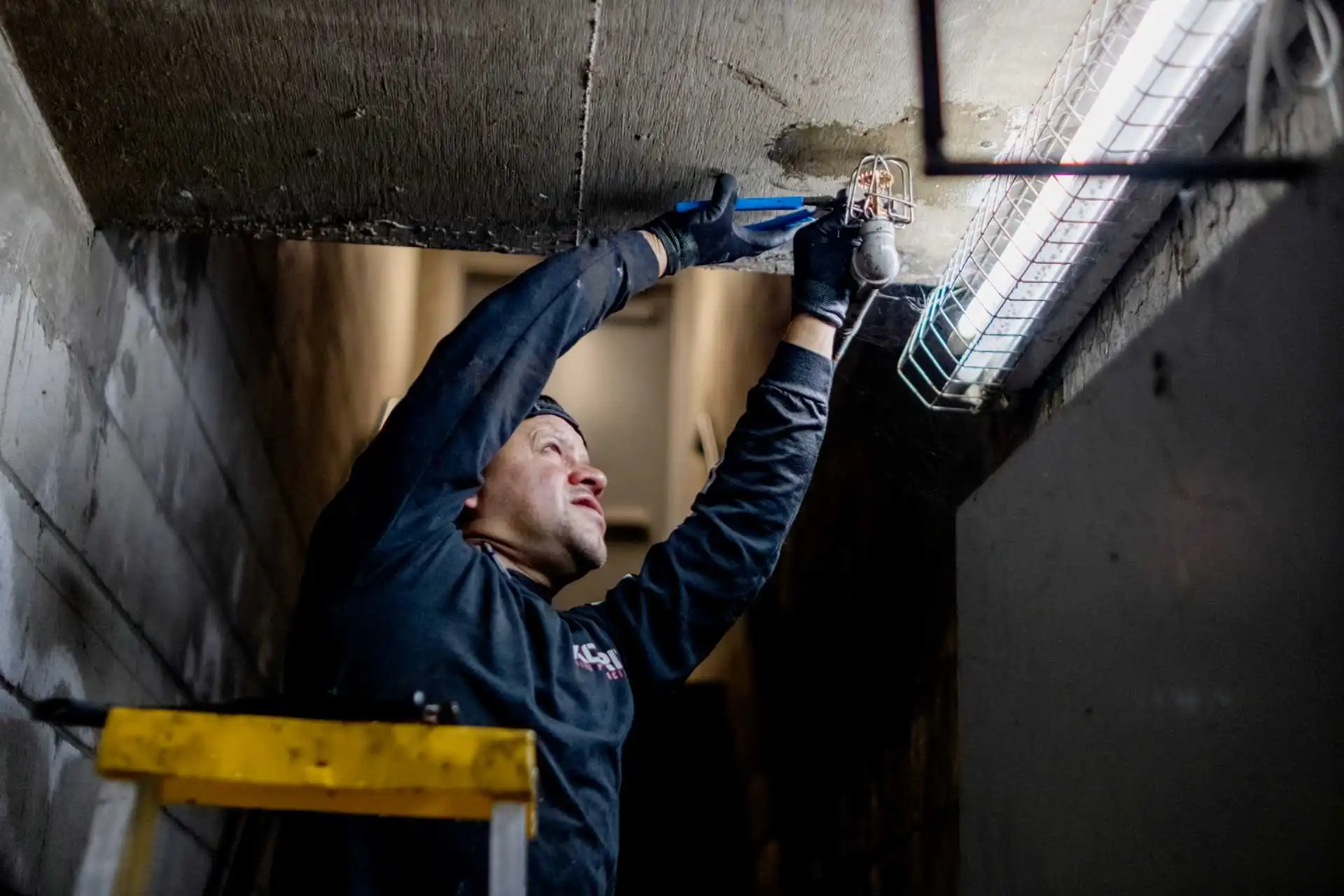
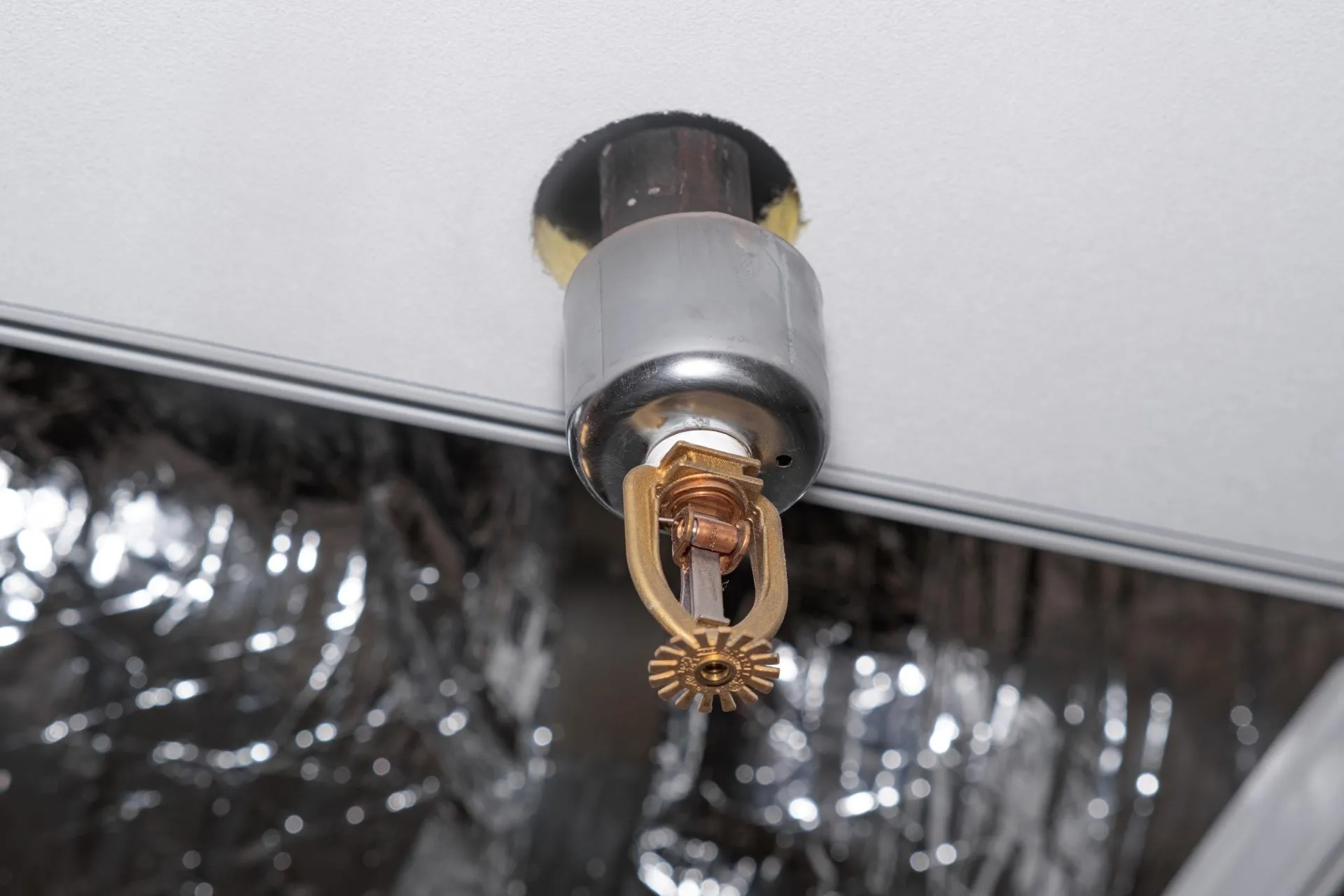
Which type of fire suppression system is typically the safest for humans?
Clean agent fire suppression systems are typically considered the safest for humans. These systems use agents like FM200 or other halo carbon-based compounds that are electrically non-conductive, non-toxic, and leave no residue after discharge. Unlike other suppression agents such as water or CO2, clean agents do not pose risks to human health during or after discharge. They are safe to use in occupied spaces, making them ideal for protecting areas where people may be present, such as offices, server rooms, and healthcare facilities.
Additionally, clean agents are environmentally friendly, with low ozone depletion potential and short atmospheric lifetimes, further enhancing their safety profile. If you prioritize the safest inferno suppression system for humans, your best choice would be the clean agent fire suppression system.
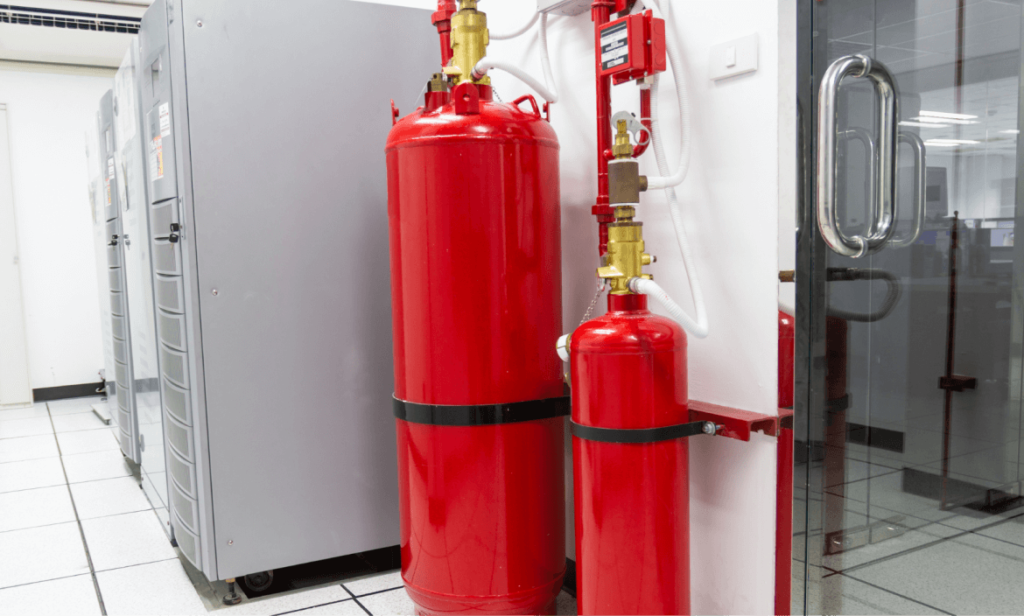
Suppression System FAQS
Want more Fire Protection related news? Take a look at our news letter to get it right in your inbox!
Overall, fire suppression systems play a crucial role in protecting property and saving lives by swiftly responding to fires and effectively extinguishing them before they can cause significant damage or harm. If you find you need to upgrade or maintain your existing system, don’t hesitate to give us a call!
